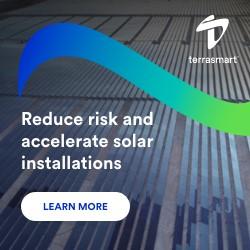What is Sodium-Ion Inverter?
This text answers four key questions about sodium-ion inverters: A sodium-ion inverter converts DC from sodium-ion batteries to AC for homes, industries, or grids, optimized for sodium-based storage with better efficiency and safety via sodium's thermal stability and temperature tolerance. Technically, it handles lower voltages (2.5-3.0V vs lithium's 3.2-3.7V) but has greater stability, 30-40% lower material costs due to abundant sodium, better cold performance (-20°C with 85% efficiency vs lithium's 60%), and simpler cooling. Current uses include Germany's Nordex wind farm (storing excess wind energy) and rural Kenya's off-grid solar systems. The market outlook is positive: it's projected to hit $1.2B by 2030 (27% CAGR 2025-2030), with major players scaling production, and experts foresee mass-market parity with lithium by 2026 as sodium batteries grow cost-competitive.
Q: What exactly is a sodium-ion inverter?
Q: How does a sodium-ion inverter differ from lithium-ion inverters technically?
A: Sodium-ion inverters handle lower voltages (2.5-3.0V vs lithium's 3.2-3.7V) but offer better stability. Sodium's abundance (1,000x more common than lithium) cuts material costs by 30-40%. They perform better in extreme cold (-20°C) with 85% efficiency (vs lithium's 60%) and require simpler cooling due to lower thermal runaway risk.
Q: Where are these sodium-ion inverters being used today?
A: Real-world applications include Germany's Nordex wind farm (storing excess wind energy) and rural Kenya's off-grid solar systems, providing affordable power to thousands of households. Their low cost and temperature resilience make them ideal for large-scale, cost-sensitive projects.
Q: What's the market outlook of sodium-ion inverters—hype or growth ahead?
A: The sodium-ion inverter market is projected to reach $1.2B by 2030, growing at 27% CAGR (2025-2030). Major players like CATL and Natron Energy are scaling production. With sodium batteries becoming cost-competitive, adoption will accelerate—experts predict mass-market parity with lithium by 2026.
Got more questions? Drop them below—I'll dig up the data!
Featured Product

